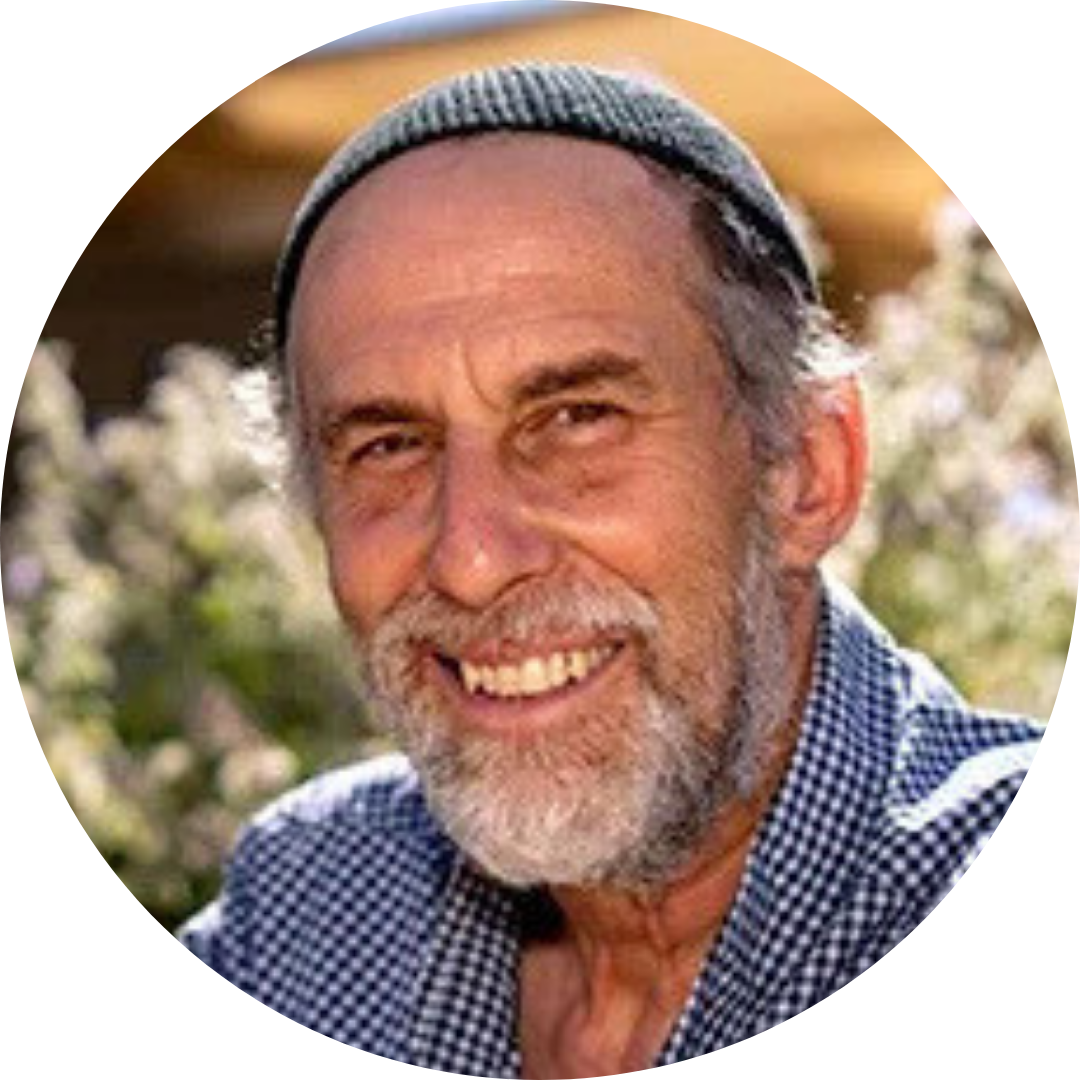Some three and a half months ago we read in Parashat Ki Tisa about the two tablets containing the Aseret HaDibrot (Ten Commandments) that were smashed by Moshe Rabbenu on the bare rock of Har Sinai. That incident still echoes with us as we look this week at Parshat Hukat and the Para Adumah – the Red Heifer.
Commenting on the smashing of the tablets, the English commentator Bobby Hill writes, “No artifact however special, no persons however elevated, no land however sanctified can be confused with the Divinity … The returning leader feared that although the Golden Calf could be destroyed, the need for another replica of Holiness would not so easily be removed. The next candidate for Secondary Kedusha would be The Tablets themselves. They might now become the focus for veneration or worship. They might prove to be the ‘idolatry’ of the future.”
This commentary teaches an important lesson and reminds us of a challenge that we face. How do we reconcile the radical idea of a God not seen with a more tangible physical expression of that reality? There is a tension in the meeting of the Infinite with the finite. One way that this is seen today is through the explosion of halachic frumkeit (stringency). The layering and layering of more and more to do, as manifested in some of our more Orthodox circles, is an attempt to give a physical manifestation of the relationship between God and ourselves.
The problem here is that the mitzvot become not a means to holiness, but the ends in and of themselves. Because we can measure them, see them, touch them, taste them, etc., there is a comfort factor here that can make them so attractive. This was Moshe Rabeynu’s fear when it came to the Two Tablets; the fear that they would become the ends, not the means; the fear that they would become an object of idolatrous veneration.
So what was different with the second set of tablets? Rabbi Art Green likes to point out that unlike the first set, which were solely produced by God, the second set of tablets were made by both God and Moses, representing a partnership between God and humanity. But another lesson is to be found here as well, and for that we need to turn to this week’s parasha with its inclusion of the Red Heifer.
Our tradition tells us that the wisest of our kings, Shlomo HaMelech (King Solomon) himself said of this section of the Torah, “I searched, probed, and questioned, and said ‘I will get wisdom,’ but it was far from me.” The Para Adumah is perhaps tradition’s classic example of a hok: a law whose purpose, origins, and understanding are not clear. The ashes of the Red Heifer present the paradox of making those who are impure pure, while at the same time making those who are pure impure.
Paradoxes embody contradictions that point to important tensions in our understanding of theology. As another example, God, who is perfect, creates an imperfect world; while humans, who are imperfect, are commanded to perfect the world.
The word comes from the Latin roots “para” which means “beyond”, and “dox” which means “opinion” or ‘thought.” That is to say, paradox is something beyond opinion or thought, something that is beyond explanation. “Paradox” has the same ending as “orthodox.” ‘Ortho’, ‘correct’ combined with the suffix ‘dox’ gives us the word orthodox which means correct thought or the correct way to think about things. We usually associate the word orthodox with religion, such as Orthodox Jew, a Jew who thinks in the correct way. This then implies that those Jews who are not Orthodox do not think in the correct way!
I would argue that we should not aspire to be Orthodox Jews, or for that matter Reform, or Conservative, or even Reconstructionist Jews, but rather to be Paradox Jews. To be a Jew (or any religious person for that matter) is to understand that we can not explain everything. Zeh lo beyadaynu, it is not in our hands, as the expression goes. To be religious is in part to search for meaning and understanding while at the same time to also live knowing that may not always be possible.
It is only when we have that understanding that we can embrace the paradox, the mysterious, and not turn the tablets, the land, the mitzvot, denominations, into idols. As the Zen master says, “the finger pointing at the moon is not the moon.” When we learn to recognize the difference between the ends and the means, between that which matters and that which doesn’t, between the goal and the path, then we will come closer to illumination of our souls and our lives.








